Steve Fittery's Claw Ride Series
Steve Fittery's Claw Ride Series

Steve Fittery first made his way onto the scene by going the d2 route where he became a two-time finalist at Shippensburg University. He would later transfer to American University where he would became a two-time d1 All-American, and in his senior season, one of the more devastating forces in college: he entered the NCAA tournament undfeated and ended his season third at 157lbs after losing to David Taylor in the semi finals. Fittery finished his college career with more than 150 wins -an incredible feat- and with more than 85% of those being "bonus point" victories.
His claw ride series is no doubt to blame for many of these bonus point victories. Fittery's ability to turn his opponent with the claw is dependant on his ability to read his opponent's movement from a variety of positions. Pay attention to his cues, and you'll be turnnig your competition with this series all day.
Grip and Pressure
Steve Fittery reveals the subtleties to his claw ride series. He shows how to turn your opponent from a variety of positions, all based of how he reacts once the claw is in.
Claw Ride When Opponent Does Nothing from Bottom
His opponent's best claw defense? To do nothing. Fittery shows a nice little trick that allows you to suck your opponent back for points. Fittery makes this look too easy.
Claw Ride Opponent Rolls
Steve Fittery shows an awesome counter and turn to when his opponent rolls after his claw is in. He gives an example of when he wrestled Jason Welch and was able to utilize his claw during that match.
Claw Ride When Opponent Sits Out
Here, Fittery shows how to adjust for a turn from from his opponent sits out. To counteract his sit out, you simply have to find room, rock him back, then throw your leg over his body.
Claw Ride When Opponent Stands Up
Another technique in Fittery's claw ride series, this move is useful when the bottom wrestler hits the stand up. By simply "chopping the tree," a wrestler can use his opponent's vulnerability to get easy back points.
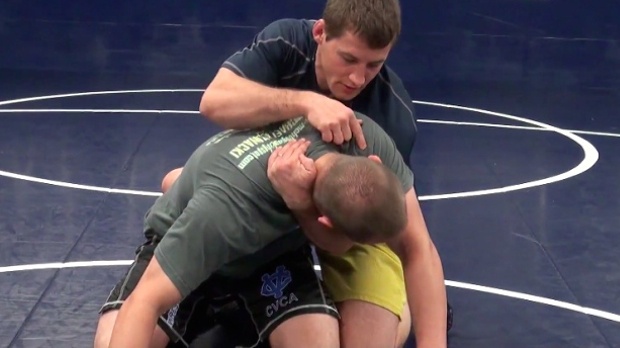
His claw ride series is no doubt to blame for many of these bonus point victories. Fittery's ability to turn his opponent with the claw is dependant on his ability to read his opponent's movement from a variety of positions. Pay attention to his cues, and you'll be turnnig your competition with this series all day.
Grip and Pressure
Steve Fittery reveals the subtleties to his claw ride series. He shows how to turn your opponent from a variety of positions, all based of how he reacts once the claw is in.
Claw Ride When Opponent Does Nothing from Bottom
His opponent's best claw defense? To do nothing. Fittery shows a nice little trick that allows you to suck your opponent back for points. Fittery makes this look too easy.
Claw Ride Opponent Rolls
Steve Fittery shows an awesome counter and turn to when his opponent rolls after his claw is in. He gives an example of when he wrestled Jason Welch and was able to utilize his claw during that match.
Claw Ride When Opponent Sits Out
Here, Fittery shows how to adjust for a turn from from his opponent sits out. To counteract his sit out, you simply have to find room, rock him back, then throw your leg over his body.
Claw Ride When Opponent Stands Up
Another technique in Fittery's claw ride series, this move is useful when the bottom wrestler hits the stand up. By simply "chopping the tree," a wrestler can use his opponent's vulnerability to get easy back points.

Related Content
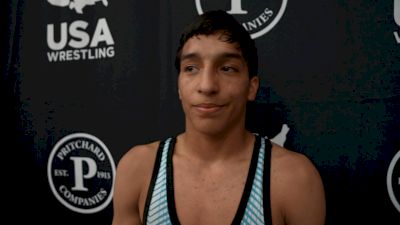 Jayden Raney Makes His First Greco World Team With His Brother
Jayden Raney Makes His First Greco World Team With His BrotherApr 26, 2024
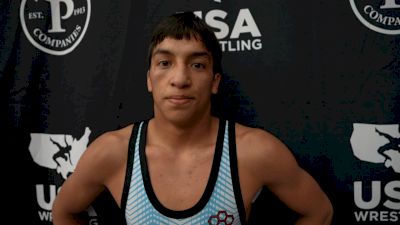 Jordyn Raney Dominates His U17 Bracket To Make His 2nd World Team
Jordyn Raney Dominates His U17 Bracket To Make His 2nd World TeamApr 26, 2024
 Replay: Mat 2 - 2024 US Open Wrestling Championships | Apr 25 @ 4 PM
Replay: Mat 2 - 2024 US Open Wrestling Championships | Apr 25 @ 4 PMApr 26, 2024
 World Team Member Emmitt Sherlock's Confidence Grew Throughout His Tournament
World Team Member Emmitt Sherlock's Confidence Grew Throughout His TournamentApr 26, 2024
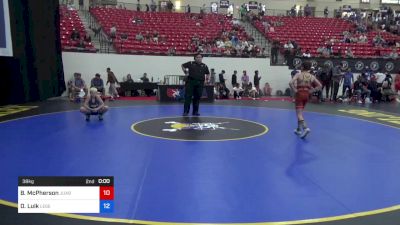 Replay: Mat 10 - 2024 US Open Wrestling Championships | Apr 25 @ 4 PM
Replay: Mat 10 - 2024 US Open Wrestling Championships | Apr 25 @ 4 PMApr 26, 2024
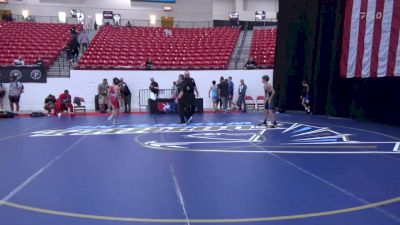 Replay: Mat 9 - 2024 US Open Wrestling Championships | Apr 25 @ 4 PM
Replay: Mat 9 - 2024 US Open Wrestling Championships | Apr 25 @ 4 PMApr 26, 2024
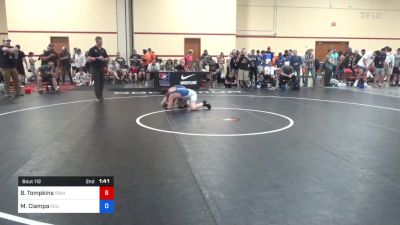 Replay: Mat 17 - 2024 US Open Wrestling Championships | Apr 25 @ 4 PM
Replay: Mat 17 - 2024 US Open Wrestling Championships | Apr 25 @ 4 PMApr 26, 2024
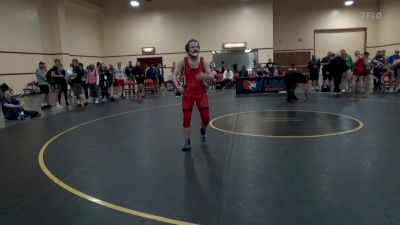 Replay: Mat 16 - 2024 US Open Wrestling Championships | Apr 25 @ 4 PM
Replay: Mat 16 - 2024 US Open Wrestling Championships | Apr 25 @ 4 PMApr 26, 2024
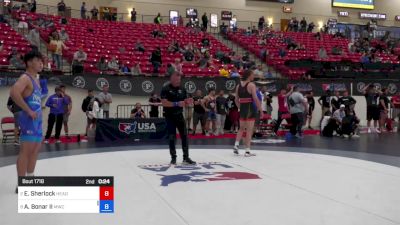 Replay: Mat 1 - 2024 US Open Wrestling Championships | Apr 25 @ 4 PM
Replay: Mat 1 - 2024 US Open Wrestling Championships | Apr 25 @ 4 PMApr 26, 2024